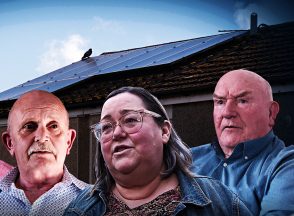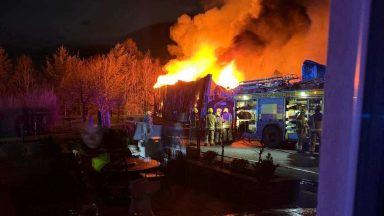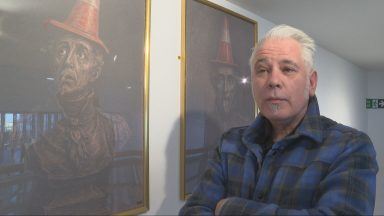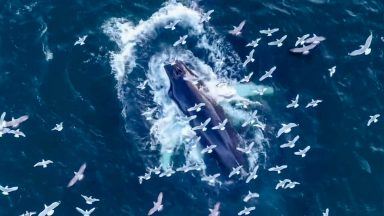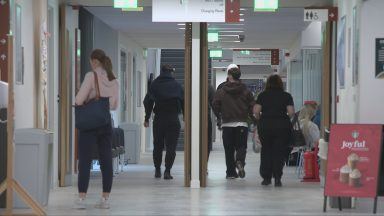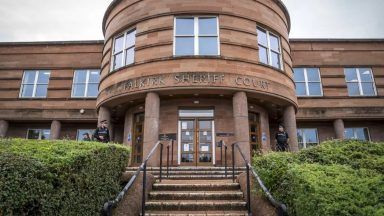A collision between a massive black hole and a neutron star has been discovered by scientists scouring the skies for bursts of gravitational waves.
The aftershocks of a total of 35 astronomical events including the merging of black holes have been detected by a world-wide group of astronomers which includes British scientists.
Several of the black holes formed by these mergers exceed 100 times the mass of the sun. Known as intermediate mass black holes, these have only been proven to exist through gravitational wave observations, having been theorised by astrophysicists for years.
Two mergers of neutron stars and black holes have been seen for the first time in the most recent gravitational wave findings.
The scientists believe that one event shows a massive black hole – about 33 times the mass of our sun – merge with a very low-mass neutron star – about 1.17 times the mass of the sun, making it one of the lowest-mass neutron stars ever detected.
The findings were observed between November 2019 and March 2020, using the two Advanced Laser Interferometer Gravitational-Wave Observatory (Ligo) detectors in Louisiana and Washington state in the USA, and the Advanced Virgo detector in Italy.
Gareth Cabourn Davies, of the University of Portsmouth’s Institute of Cosmology and Gravitation, said: “This catalogue represents the latest and greatest of our search results for gravitational-wave events in Ligo-Virgo data.
“These signatures from black holes and neutron stars crashing into one another are really exciting for our understanding of the universe.”
A total of 32 mergers of black holes were detected but the nature of the final event remains unclear – showing either a black hole and a neutron star or two black holes merging in a region where black holes were not expected to form.
Christopher Berry, a lecturer at the University of Glasgow, said: “Only now are we starting to appreciate the wonderful diversity of black holes and neutron stars.
“Our latest results prove that they come in many sizes and combinations – we have solved some long-standing mysteries, but uncovered some new puzzles too.
“Using these observations, we are closer to unlocking the mysteries of how stars, the building blocks of our universe, evolve.”
Follow STV News on WhatsApp
Scan the QR code on your mobile device for all the latest news from around the country


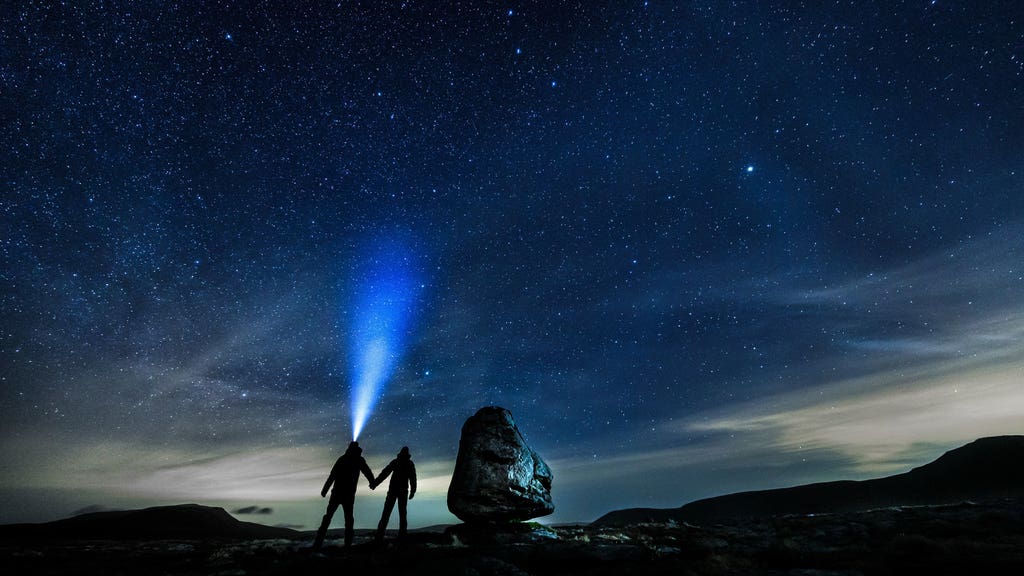 PA Media
PA Media




